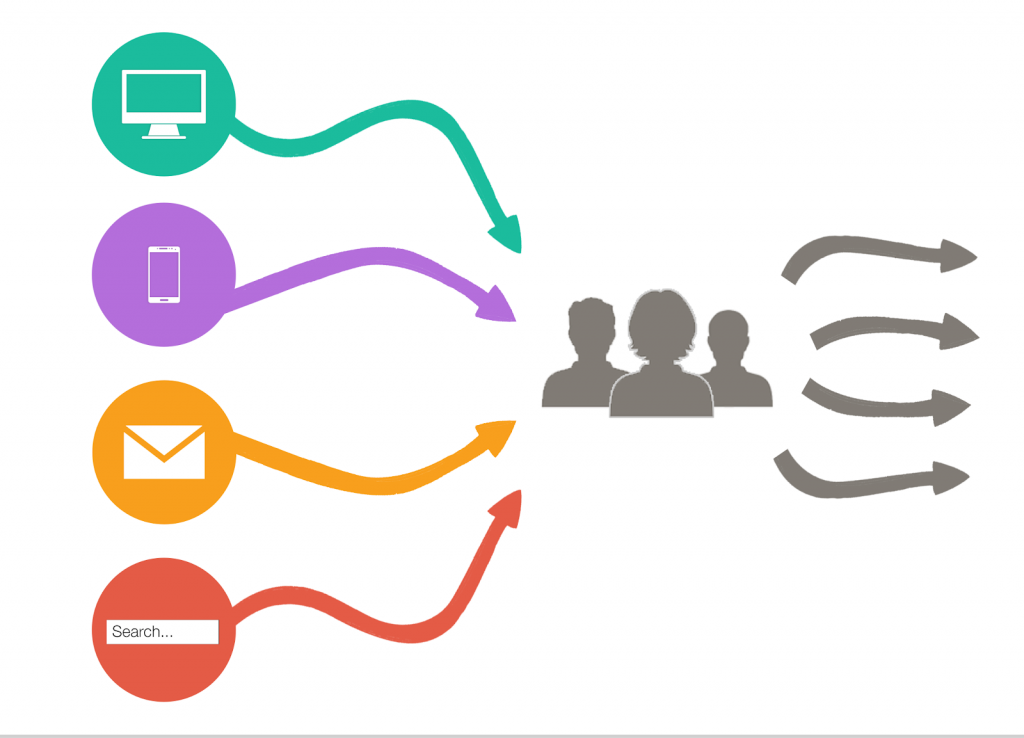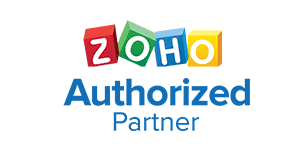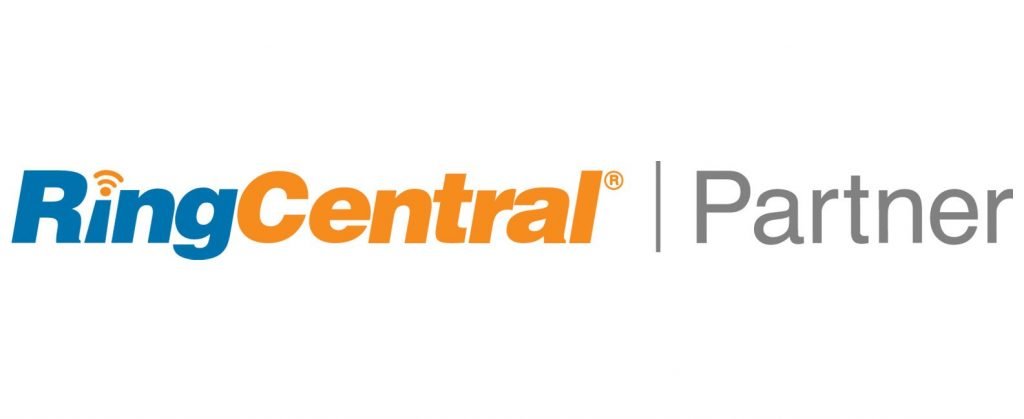A Zoho MarTech Agency
Why You Need Zoho Marketing Attribution for Inbound Marketing Approach
Every business online or offline that owns any digital touchpoint should also have an appropriate market attribution model.
The reason is simple: market attribution helps you track the effectiveness of your business approach. It essentially exposes what part of your multiple digital touchpoints is responsible for your conversion rate. As a result, you can intensify whatever is working and exterminate what doesn’t.
But, not many businesses understand what market attribution is and how to utilize it rightly. Maybe you also belong to that category, and you are wondering if you even need market attribution, to begin with.
Well, let’s find out!




